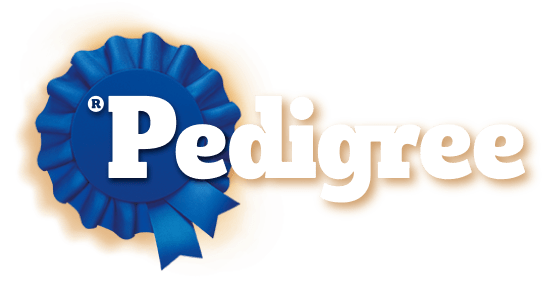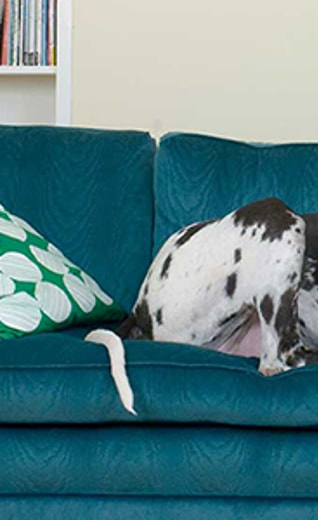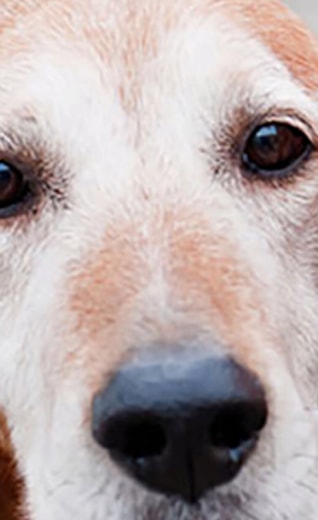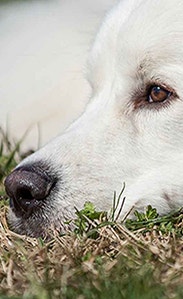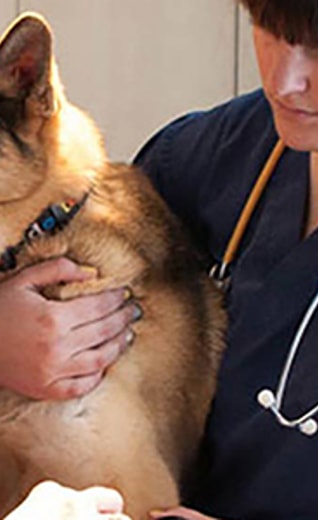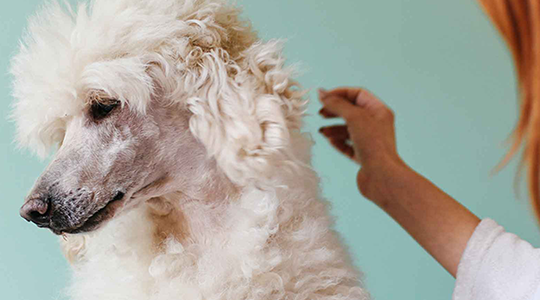
Poodle Hair Care 101
Your handsome Poodle is a study in hair-ology with so many pigment variations and textures! Your poodle might be one of 10 colors — from silver to apricot, champagne to café-au-lait — with hair quality ranging from wavy to soft, wooly to coarse. Poodles are also unique in that they have hair rather than fur, so they rarely shed.
A cut above
With its versatile hair, Poodles have been elaborately groomed since the 1600s. Styles range from a puppy cut (clipped short from head to toe) to a lamp clip (a slightly longer, uniform length over the entire body), as well as the famous Continental Clip—complete with pom-poms (also called ankle bracelets) and thicker tufts of hair around the chest and back.
The origin of the classic Continental Clip was actually an occupational necessity. If you've ever let your Poodle's hair grow naturally, you know it falls into long, curly cords. Poodles were bred in Germany as water dogs for retrieving birds. If left uncut, the heavy rope-like cords would absorb water and possibly cause them to sink. The Continental Clip was functional, keeping Poodles streamlined while swimming, but warm in cold water and well protected at the joints and in vulnerable organ areas. Even the topknot had a purpose—tied with a colored ribbon, it allowed a hunter to spot his swimming dog at a distance.
Brush every day to keep hair mats away
A Poodle's coat consists of wiry outer hair and a dense, cottony undercoat. The two layers can become quickly matted, especially when coming in contact with sticky substances like tree sap or mud. This is why most professional groomers strongly recommend daily brushing and combing, and a regular grooming routine.
Grooming is such an essential part of proper Poodle care, breeders and professional groomers will begin to familiarize puppies with electric clippers and other tools of the trade as early as six weeks of age. Nowadays, many dog owners are foregoing professional grooming services and opting for at-home hair care. If you're planning the do-it-yourself approach, plan on getting a few grooming essentials:
Brushes. You'll need to purchase two types. A Slicker Brush has short, thin wire teeth used to remove dead hair, tangles, and debris from the undercoat, while a Bristle Brush with longer wire teeth penetrates the curly outer hairs.
Electric Clippers. Invest in a good quality clipper with a variety of blade sizes to minimize pulling and to ensure clipping efficiency. It's a good idea to slowly desensitize your Poodle to the sound of the clippers, making future grooming sessions fear-free.
Scissors. For cutting out heavy mats and precisely trimming around sensitive areas near the ears, eyes, and tail.
You'll also need a gentle shampoo and a tangle-free conditioner to minimize matting. And keep your cutting style simple—a lamb or puppy cut is often the easiest for Poodle owners to maintain at home.
